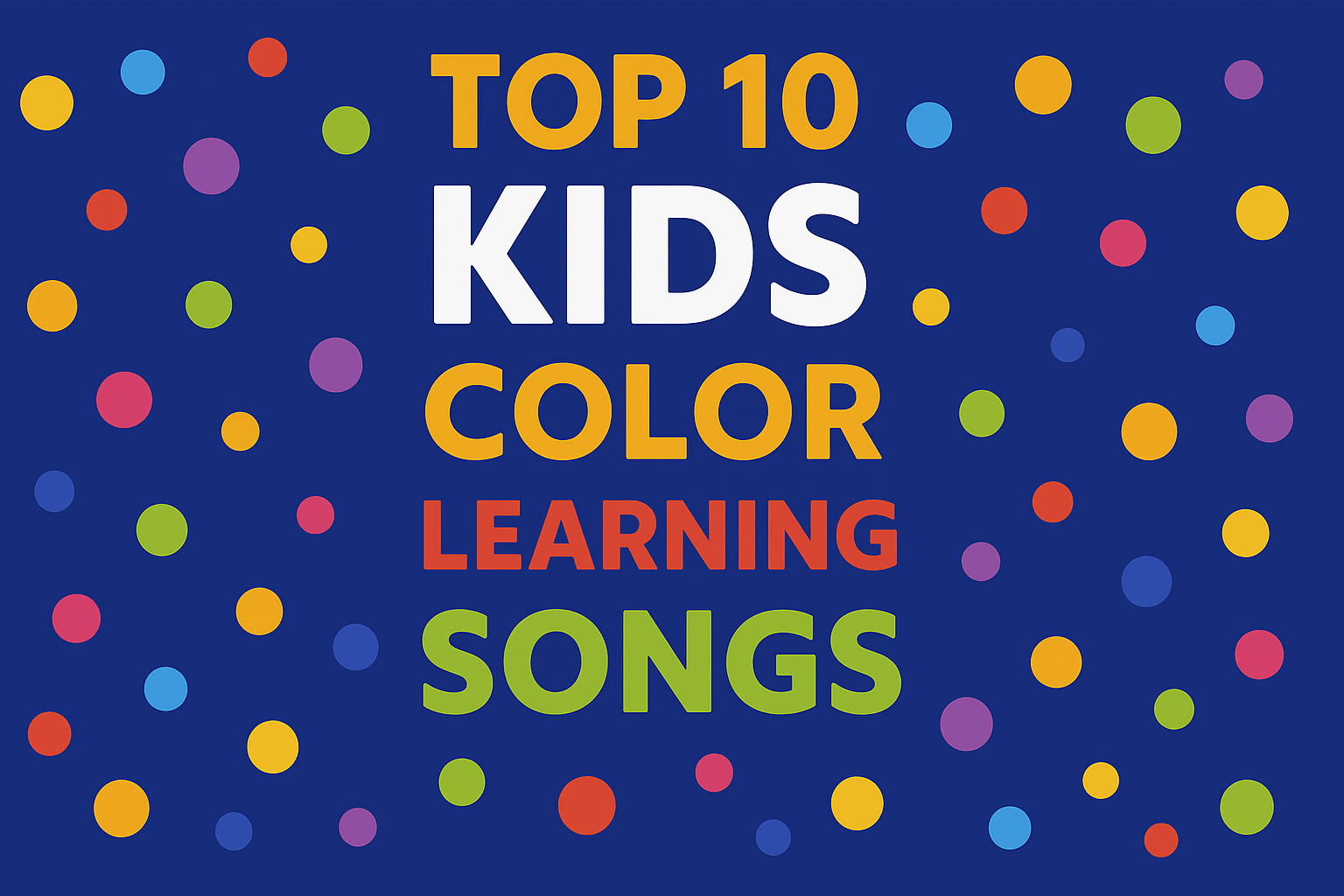
How Phones and Computers Have Changed the College Life
Computer technology has made an impact on all of our lives in this day and age. Educational institutions and colleges and have not been left out from the layman’s perspective; education has been the same as it was from the old days.
The first point is that technology has profoundly expanded the access to information which stands s the basis of education. Previously only the elite and the privileged members of the society had access to information. People had to travel to centers of learning to get any education or learning opportunity
In this day and age, a lot of information be it books, audio, images or videos can be found at one’s fingertips through the Internet.
Also, opportunities for formal learning and assistance for educational assignments can be found at Homeworkdoer.org making college students have an easier time dealing with challenging tasks

The second point would be the improvement of communication and collaboration in the class. Traditional classrooms isolated students can now talk live with scientists using a videoconference. Students can share what they are learning with students in other classrooms in other states who are tracking the same expedition. Students usually collaborate on group projects using technology-based tools such as Zoho and Google Docs. The walls of the classrooms have ceased to be a barrier because technology enables better ways of learning, communicating, and working collaboratively.
Teachers and learners have also been progressively changed by technology. In the traditional classroom, a good example depicted in de Voltolina’s illustration, the teacher is the primary source of information, and the learners passively receive it. This model of the teacher as the “sage on the stage” has been in education for a long time, and it is still very much in evidence today. However, because of the access to information and educational opportunity that technology has enabled, in many classrooms today we see the teacher’s role shifting to the “guide on the side” as students take more responsibility for their learning using technology to gather relevant information. Schools and universities across the country are beginning to redesign learning spaces to enable this new model of education, foster more interaction and small group work, and use technology as an enabler.
Technology is a powerful tool that can support and transform education in many ways, from making it easier for teachers to create instructional materials to enabling new ways for people to learn and work together. With the worldwide reach of the Internet and the ubiquity of smart devices that can connect to it, a new age of any time, anywhere education is dawning. It will be up to instructional designers and educational technologies to make the most of the opportunities provided by technology to change the culture so that effective and efficient education is available to everyone everywhere.

However, the following maybe some of the few adverse effects heat technology may have in education;
Extensive phone and computer usage can lead to a low attention span and may affect the capacity to concentrate. Studies show that people who continuously go online and are on their PDAs and smartphones find it very difficult to focus at work, school and during activities that require their mental presence.
For managers and other professionals, the opposite is exact. Technological connectivity leads to them finding it difficult to disconnect from work. This impacts their social relationships at home and tips their life to work balance.
Also, computer and mobile phone usage have been linked to sleeping difficulties and disorders. Most of these distracted individuals end up turning to sleep pills and other kinds of highly addictive medication. Other than addiction, medication would mostly have side-effects that could prove detrimental to the health of the user.




